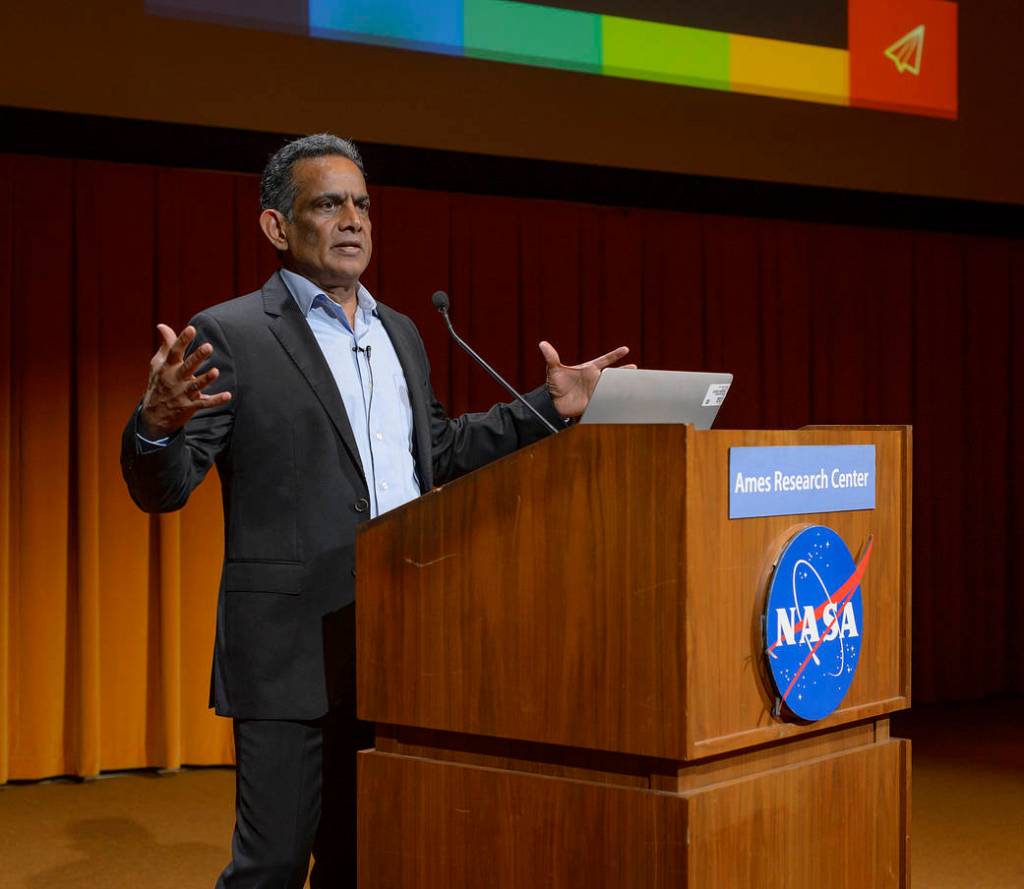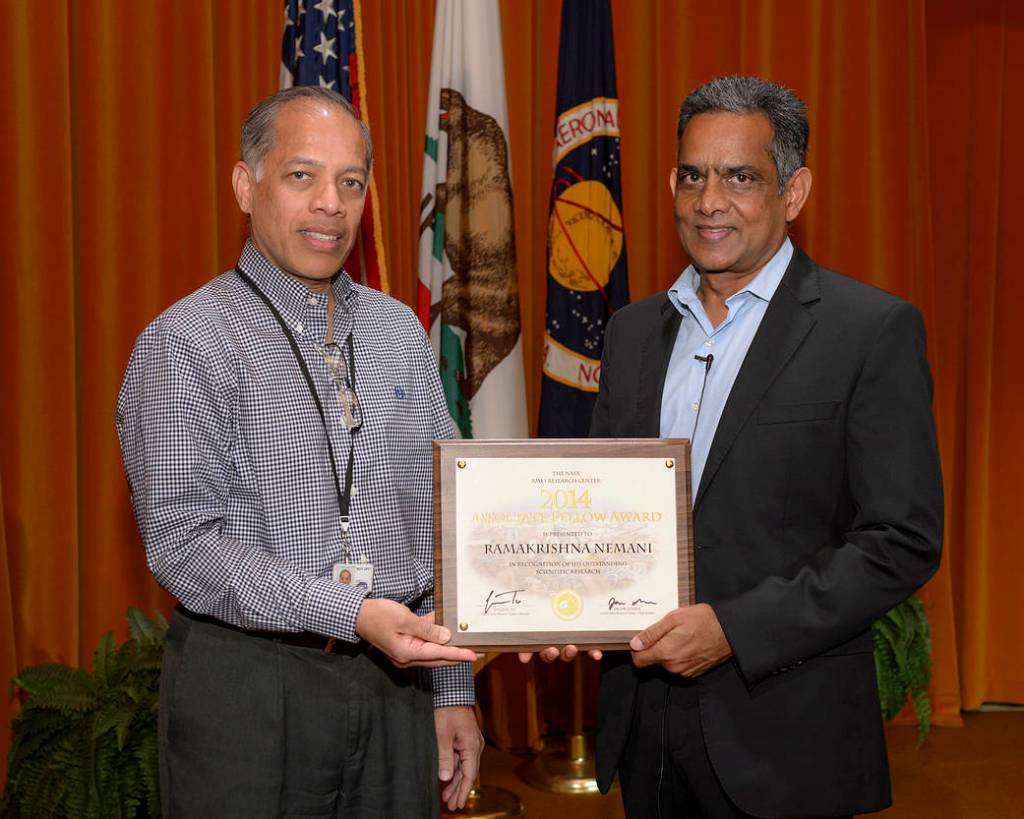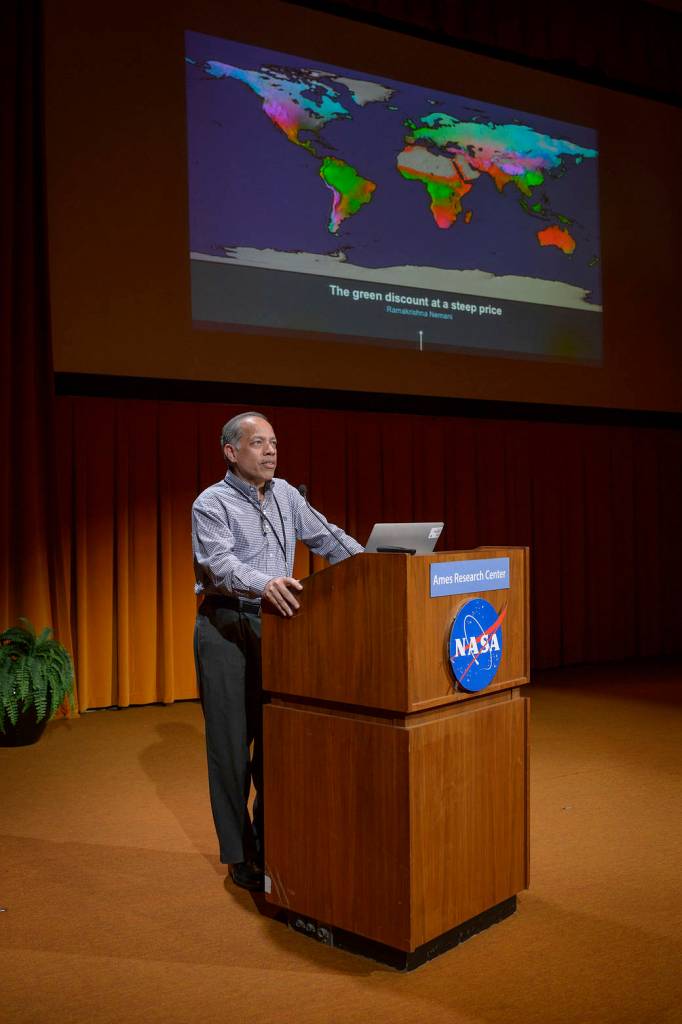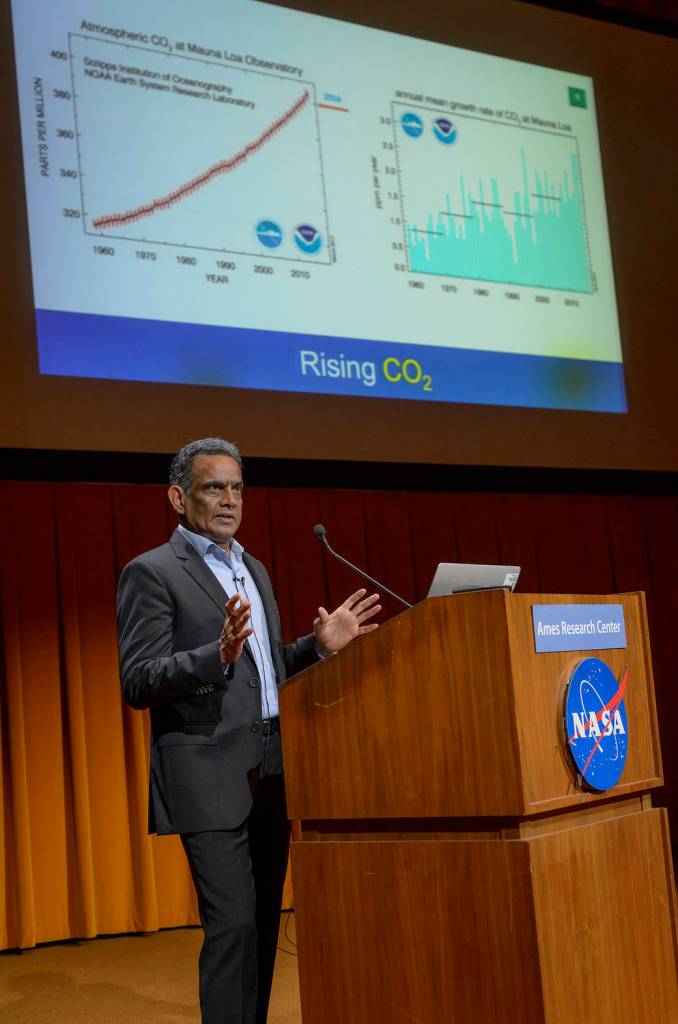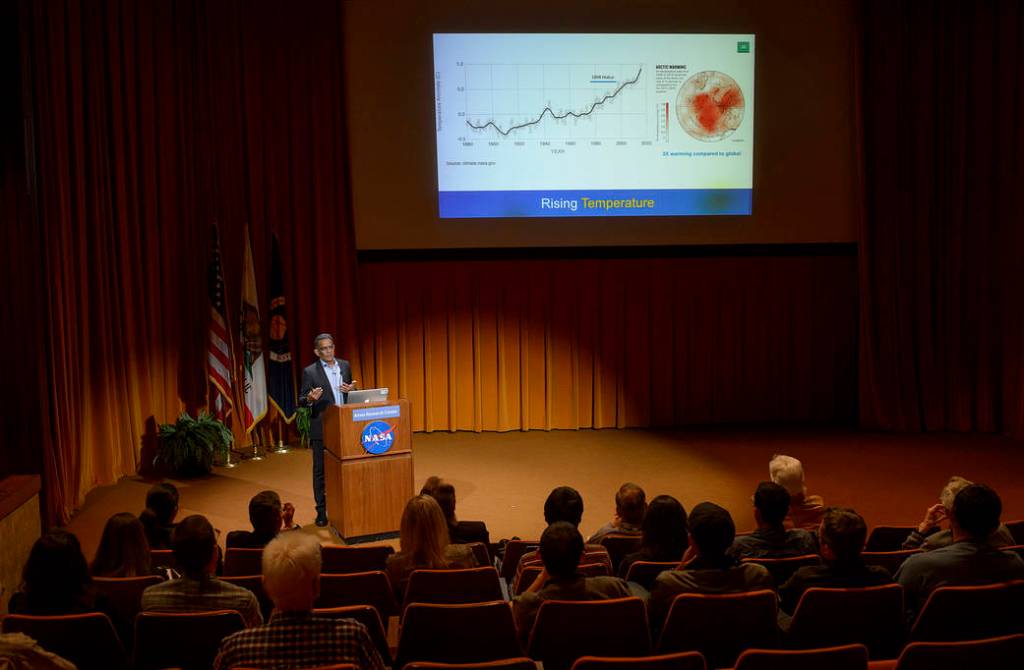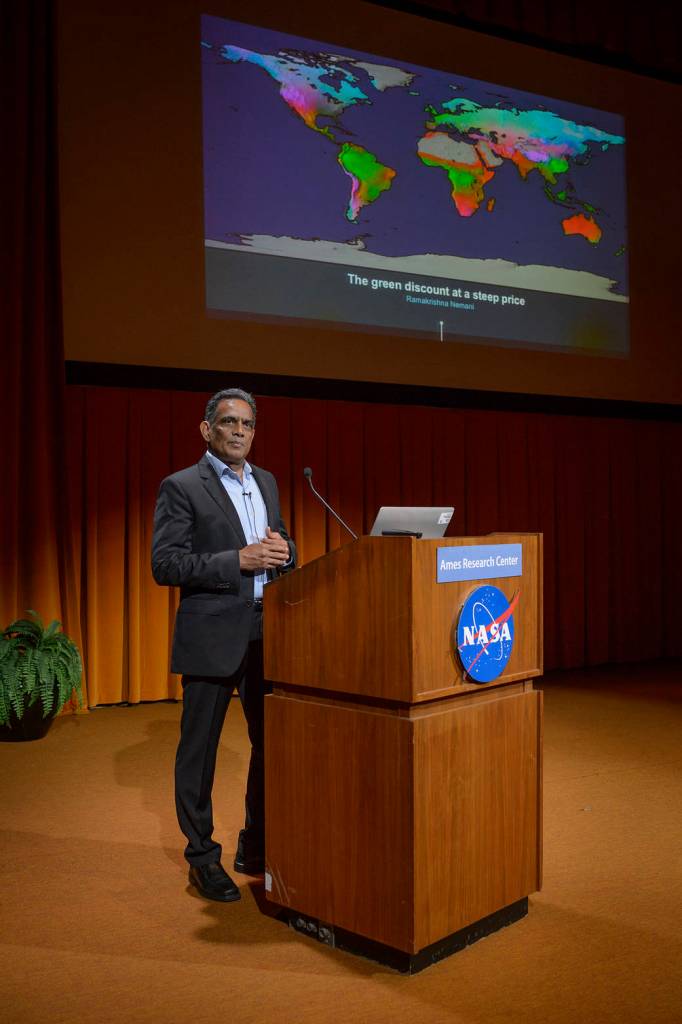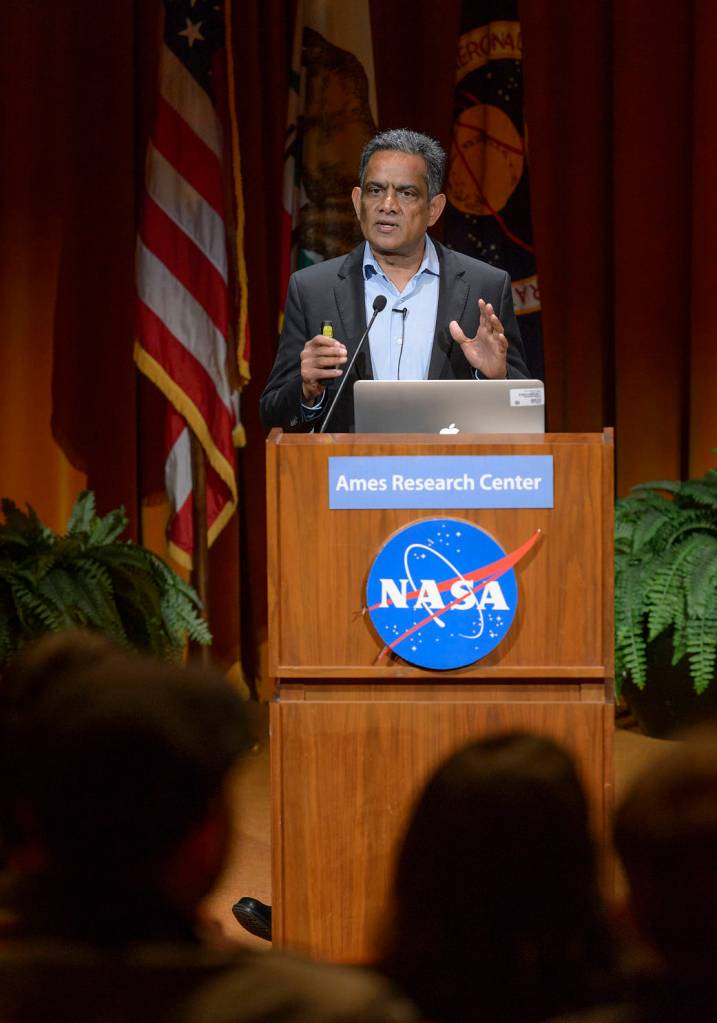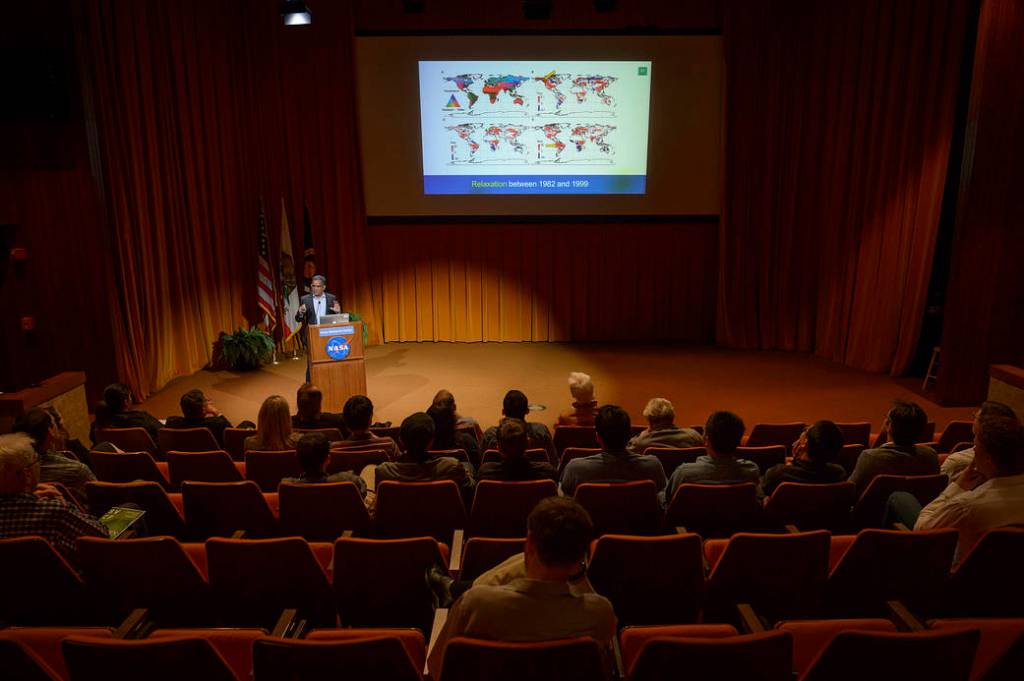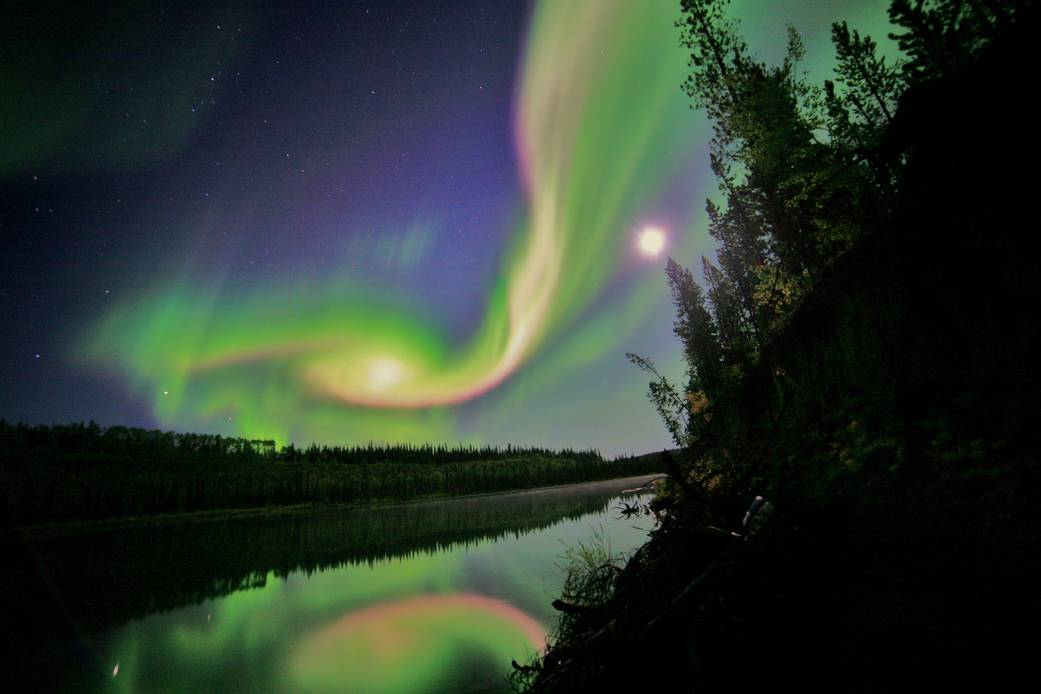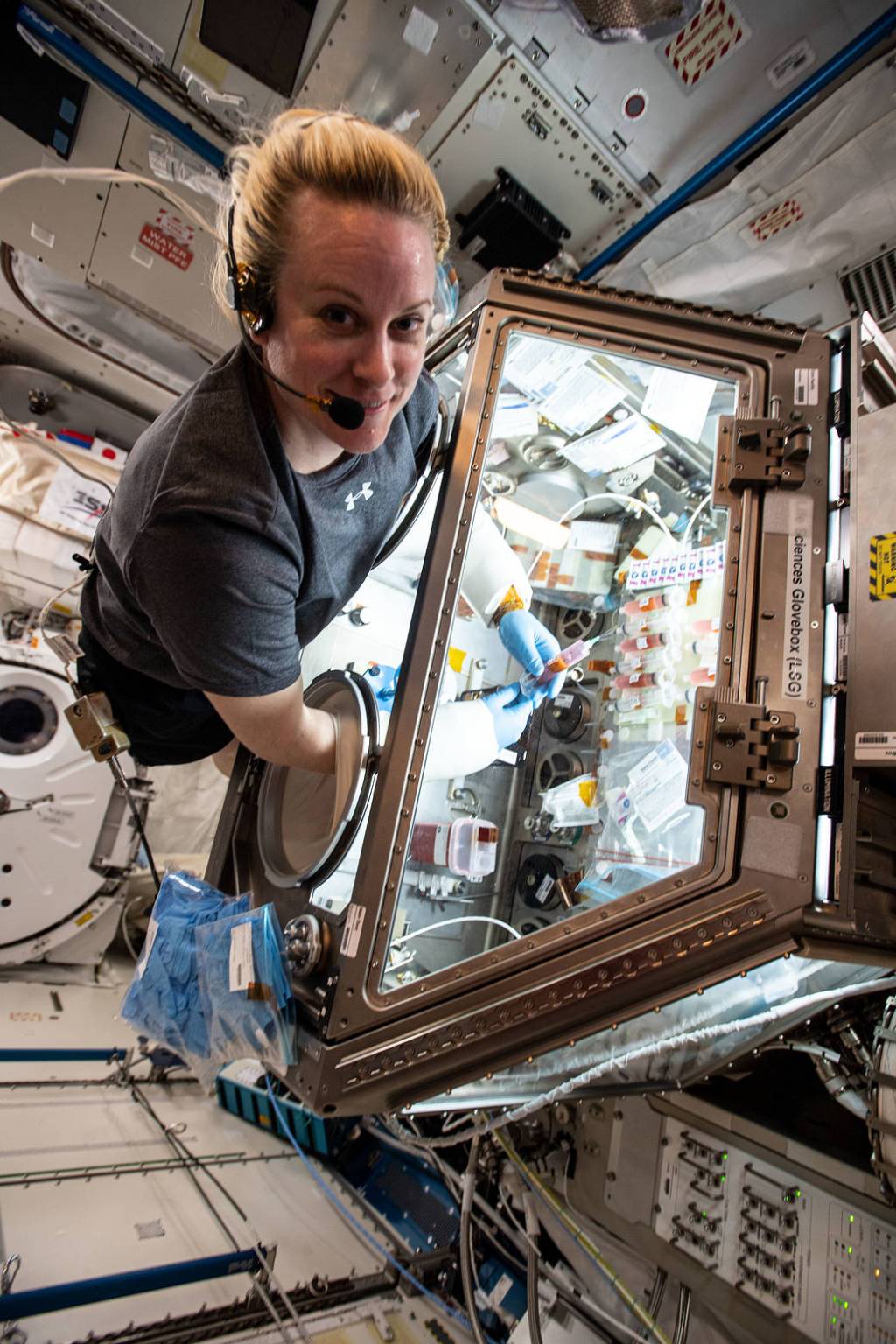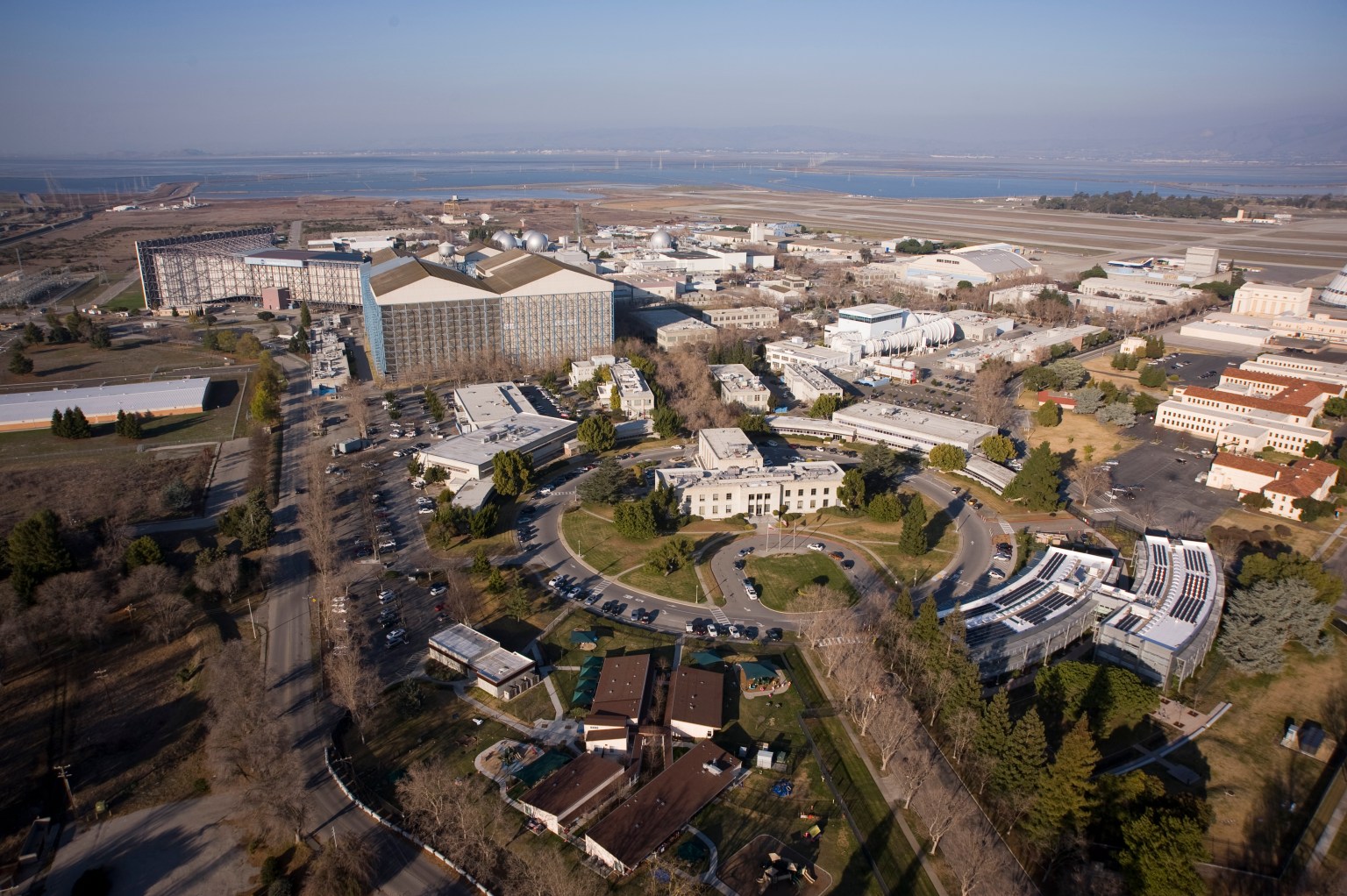Ames Associate Fellow Seminar by Dr. Ramakrishna Nemani
The Ames Associate Fellow is an honorary designation given to a NASA Ames employee in recognition of their scientific or engineering research excellence and contribution to NASA and our research center. In 2014, Dr. Nemani was recognized for his work towards the development of NASA Earth Exchange (NEX) platform, which allows the scientific community to explore and analyze unprecedented volumes of Earth science data sets, run modeling and analysis codes, and share results within communities. This capability has allowed the agency to attain a leadership position to address the problem posed by data-intensive science. Monitoring, improving, and controlling the quality of our environment is essential to ensure the continued survival of our species. NASA Ames Research Center plays a key role in ecological forecasting through its advanced Earth science collaborative computing platforms. In this presentation, Dr. Nemani will discuss Earth system model predictions from 1950 – 2100 and the consequences associated with the increasing levels of carbon dioxide.
Abstract:
The last time CO2 concentrations in the atmosphere passed 400 ppm, humans did not walk on Earth. As a consequence of the rapid increases in CO2, particularly over the past five decades, projected changes in sea level, the frequency of monster storms, floods, droughts, and heat/cold waves may all come sooner than expected – creating a bumpy ride for us humans. What about the plants on Earth that evolved through millions of years and have seen much higher CO2 concentrations? Earth system models predict that climate changes resulting from increases in atmospheric CO2 relax climatic constraints to plant growth such that growing conditions improve globally. Models show, and satellite observations corroborate, that increases in photosynthesis from 1950-2100 are not only supported by direct CO2 fertilization but by three other factors: 1) warming in temperature-limited regions (arctic/boreal), 2) increased water-use-efficiency accompanied in some areas by increasing precipitation benefiting water-limited regions (semi-arid regions) and 3) increased insolation through reductions in cloud cover in sunlight-limited regions (equatorial tropics). With ongoing interactions between plants, CO2 and climate, we may continue to get the 25% green discount that we have enjoyed over the past 60 years – only half the emissions stay in the atmosphere each year with the other half sequestered about equally on land and oceans. Even with this discount we will be reaching dangerous levels of CO2 in the atmosphere, over 550 ppm at the current rate by 2100. The only way to avoid such a scenario is to reverse the steadily increasing trend of our greenhouse gas emissions.
Biography:
Dr. Ramakrishna Nemani is a senior Earth scientist with the Advanced Supercomputing division at NASA Ames Research Center. He received a B.S in Agronomy, an M.S in Meteorology from India and a Ph.D in Forestry/Remote Sensing in 1987 from the University of Montana. Prior to joining NASA in 2003, he worked as a research faculty at the University of Montana working on the integration of satellite data with simulation models for understanding and predicting the state and function of terrestrial ecosystems. At NASA, he has been leading efforts in ecological forecasting and in establishing an Earth science collaborative computing platform called the NASA Earth Exchange (NEX). He has co-authored over 150 papers on a variety of topics including remote sensing, global ecology, ecological forecasting and climatology. He served on the science teams of several Earth science missions, received numerous awards from NASA including the exceptional scientific achievement medal in 2008 and the outstanding leadership medal in 2012.




























